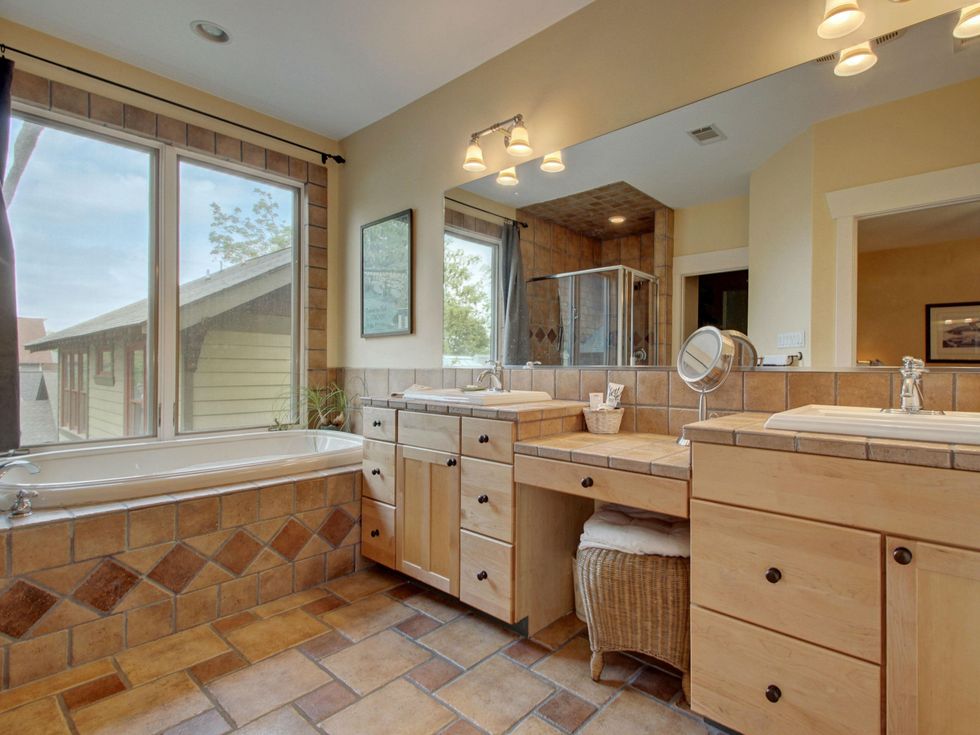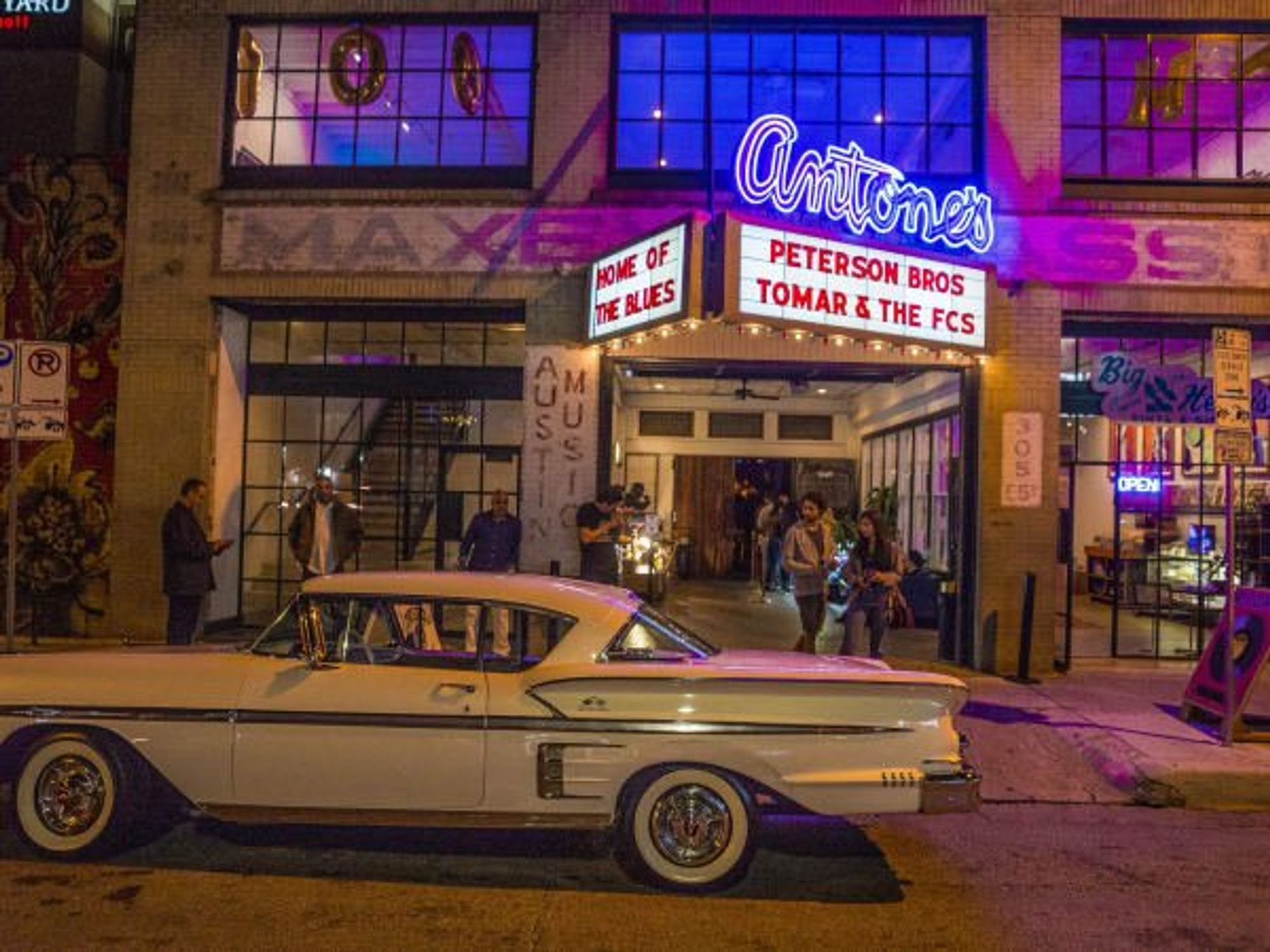Real Estate Dream
This Hyde Park Craftsman boasts all of the charm plus modern must-haves
A Hyde Park Craftsman with loads of charm and all of the modern amenities? Sign us up. Situated on a shady lot in the northern part of Hyde Park, this home pairs the neighborhood's quaint vibe with major upgrades and energy efficiency.
Built in 2003 for a master builder, the interior is full of Craftsman touches. You'll find custom stained and painted woodwork, hand-trowelled walls, and red oak floors.
The gourmet kitchen is outfitted with double ovens, double sinks, stainless steel, and a functional island. The master suite features a separate dressing room with storage for your entire wardrobe. A charming front porch and shady back deck promise outdoor entertaining spaces that beat the Texas heat.
The 4,273-square-foot home boasts four bedrooms, three bathrooms and a three-car garage. Plus, a detached, fully finished living space above the garage is perfect for guests or renters.
The home, located at 607 E. 49th St., is listed by the Ditlow Team of Realty Austin. It's on the market for a cool $1,050,000.








